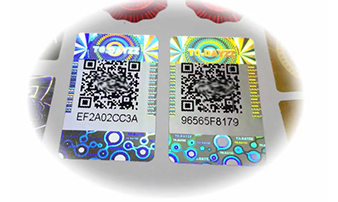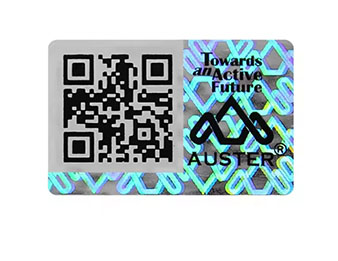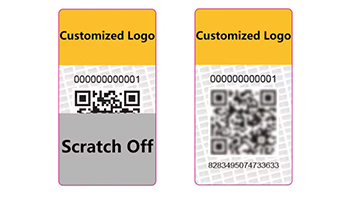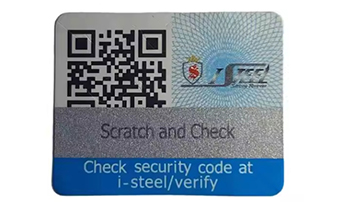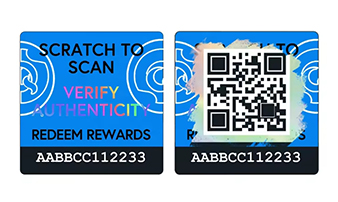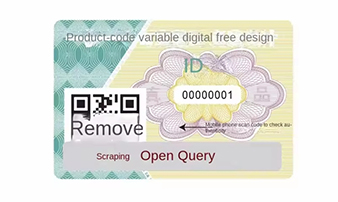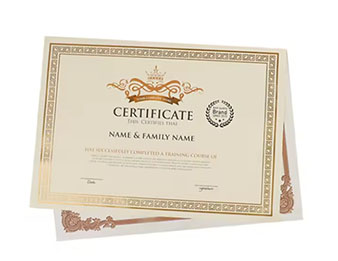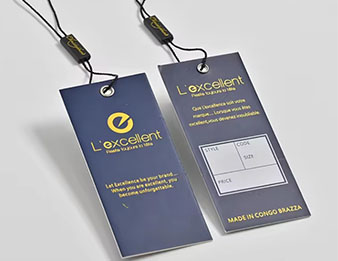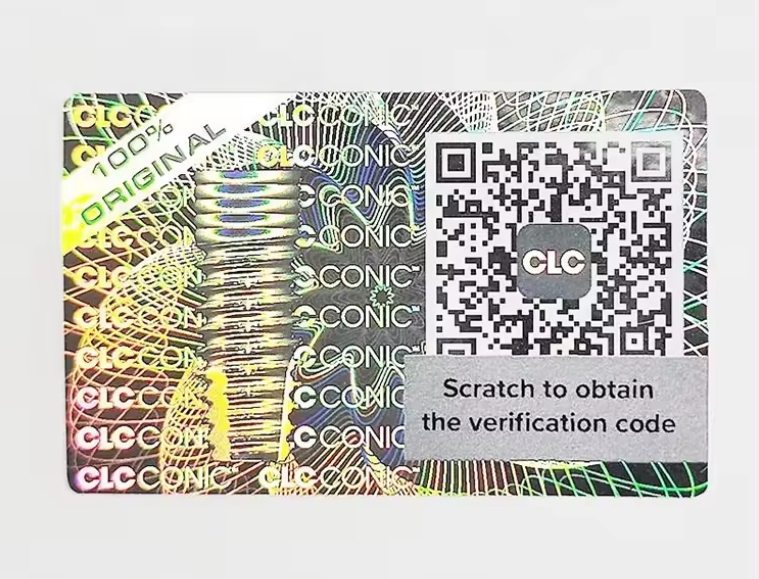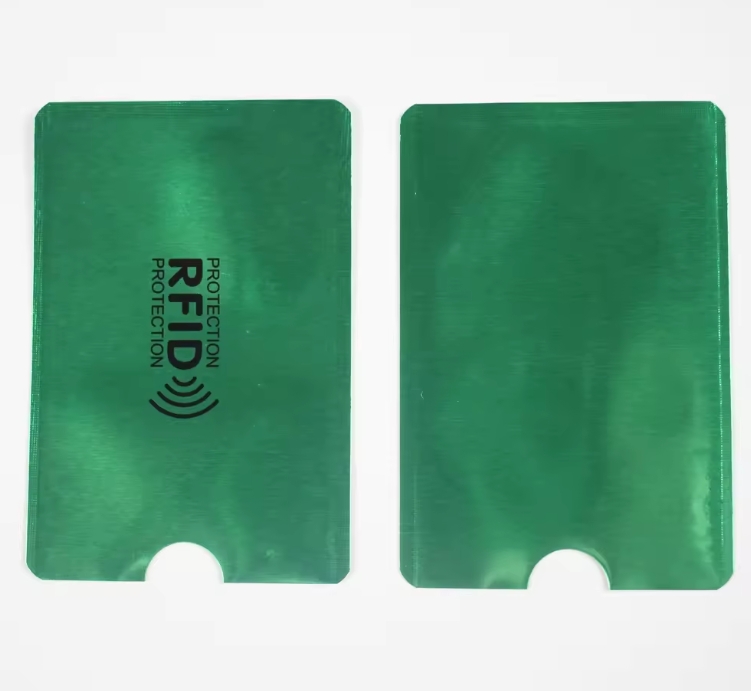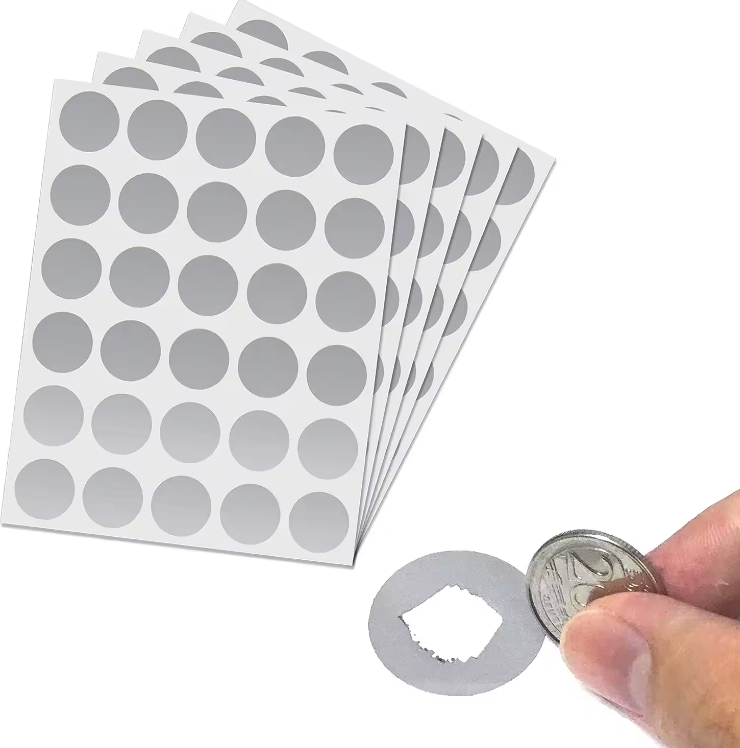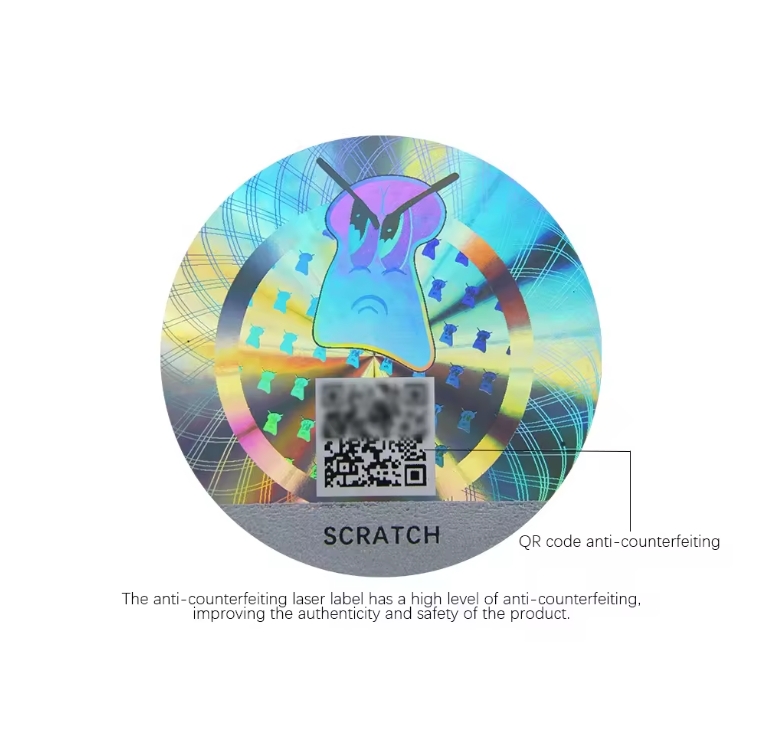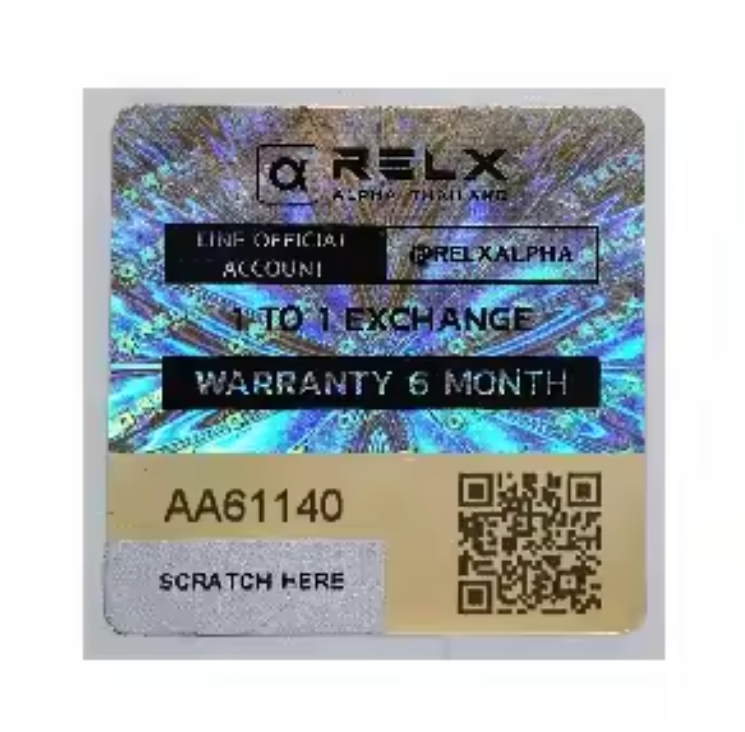As an important certification document, certificates are increasingly widely used in modern society. However, with the emergence of bad practices such as fake certificates, how to ensure the authenticity of certificates has become a big problem.
As an important certification document, the authenticity of the certificate is of vital importance. How to ensure the authenticity of the certificate has become a big problem. Bad behaviors such as fake certificates have brought great hidden dangers to normal social life. Therefore, it is particularly important to add anti-counterfeiting measures when making certificates to ensure the authenticity of certificates.
First of all, security gravure and watermark technology should be added when making certificates. Security gravure has a three-dimensional effect, a strong seal texture, and is not easy to be counterfeited. Watermarks are embossed or convex and concave treatments added during the paper production process, so that the pattern or words on the top of the certificate appear to be a light shadow through human vision, which is not easy to be counterfeited.
Secondly, in the process of making certificates, special materials such as fluorescent inks and optically variable pigments can be used to print certificates. The unique characteristics of these special materials give certificates identification and anti-counterfeiting functions, which can effectively prevent criminals from counterfeiting certificates. Through fluorescent detection instruments, the difference between genuine and counterfeit certificates can be easily identified.
Thirdly, serial numbers, QR codes and other information can be printed on certificates to make the certificates traceable. By scanning the QR code or querying the serial number, you can detect whether the certificate is genuine. At the same time, the information supervision system can also be used to strictly monitor the whereabouts of the certificate to reduce the loss or abuse of the certificate.
Finally, strengthening the anti-counterfeiting technology of the certificate can also be achieved by using professional anti-counterfeiting materials and equipment. There are many professional anti-counterfeiting materials and equipment on the market now, such as gratings, stripes, fuzzy glue and other professional materials. These materials can make the produced certificates present a variety of patterns and pattern effects, making the certificates more difficult to imitate.
In short, the core of how to prevent certificates from counterfeiting lies in technology. As long as sufficient anti-counterfeiting technology and measures are added when making certificates, the authenticity of the certificate can be technically guaranteed, the cost and difficulty of forging certificates by criminals can be reduced, and the purpose of ensuring the authenticity of the certificate can be achieved. At the same time, in the future, it is also necessary to further strengthen technology and supervision to provide a more rigorous certification system for society.






